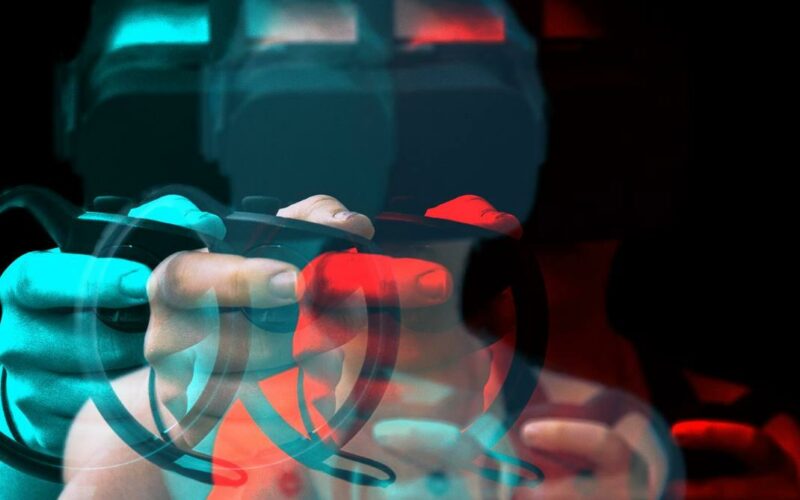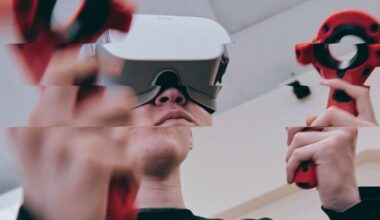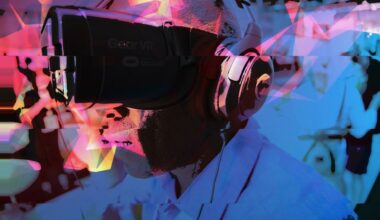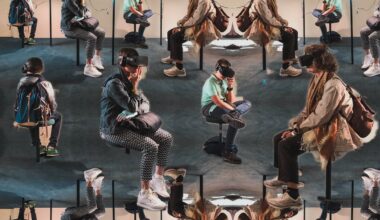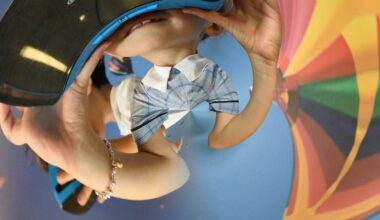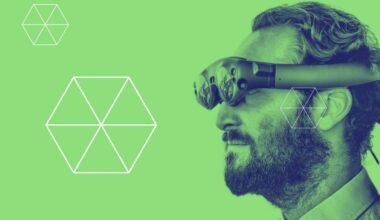Does holding a degree really mean you’re educated? Certainly not. While this may largely be an individual’s responsibility, our current education system definitely has a role to play.
The age-old curriculum, monotonous teaching style, dearth of practical exposure, and poor grading system in our education are some real long-standing problems.
Interestingly, we can resolve these problems by introducing virtual reality in education. Curious to know how? Keep reading further as we are going to talk about all things VR.
How Virtual Reality Can Be Used in the Education System?
Before diving deep into the pros and cons of virtual reality, let’s talk about some successful applications of VR and how they have transformed the way educational content is delivered and consumed.
Virtual Tools for Real Life Learning
Many universities from different countries are collaborating to create an inclusive system through virtual tools for real life learning. These tools are used for offering language learning, using which students can virtually learn English from anywhere on the earth.
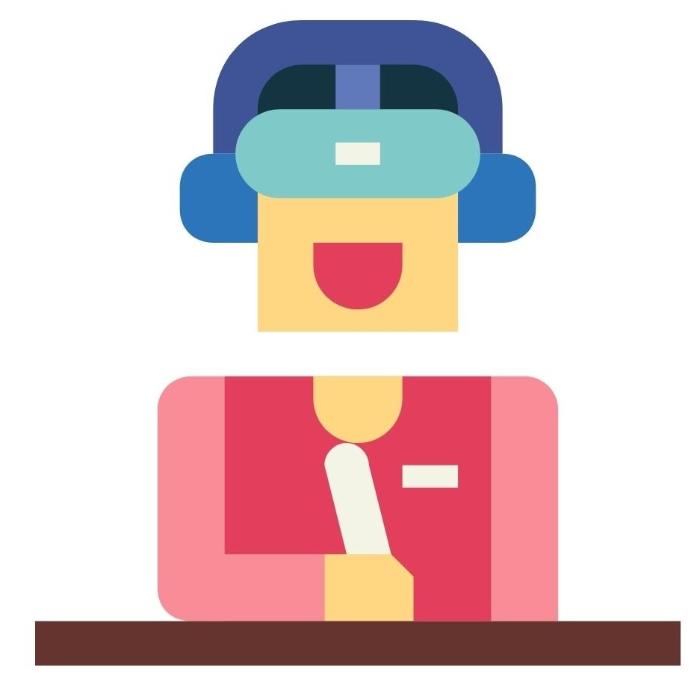
For some people, experiencing works better than feeling the material they wish to learn. A study by Penn State University confirmed that experience-oriented learning through virtual reality can boost retention. It was observed that students using virtual reality in education were faster than those who were dependent on traditional online learning.
An Interactive Classroom: Online Mode
Another remarkable achievement in virtual reality history is that of an improved educational space. Using an avatar has made it possible.
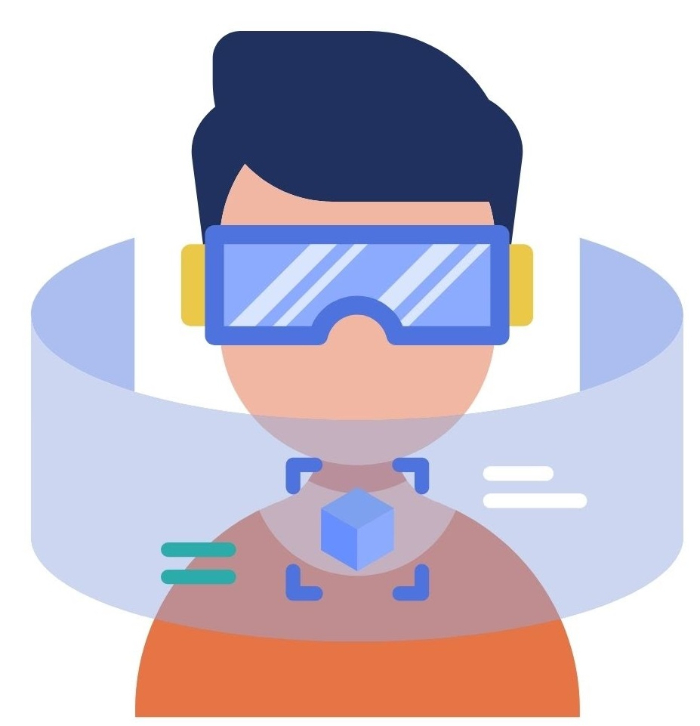
Online education can rely on virtual reality applications to help students handle the monotonous structure of online teaching and enable them to connect from remote parts of the planet.
A major problem with online classes is building memories, as classes seem like nothing but data-overload in a boring manner. This problem can also be resolved by virtual reality in education as VR provides students ample socializing opportunities and they stay curious by the use of various avatars.
Virtual Trips
One of the most popular applications of VR in education is field trips. Many schools have already adopted Google Expeditions to conduct excursion trips to inaccessible parts of the world.
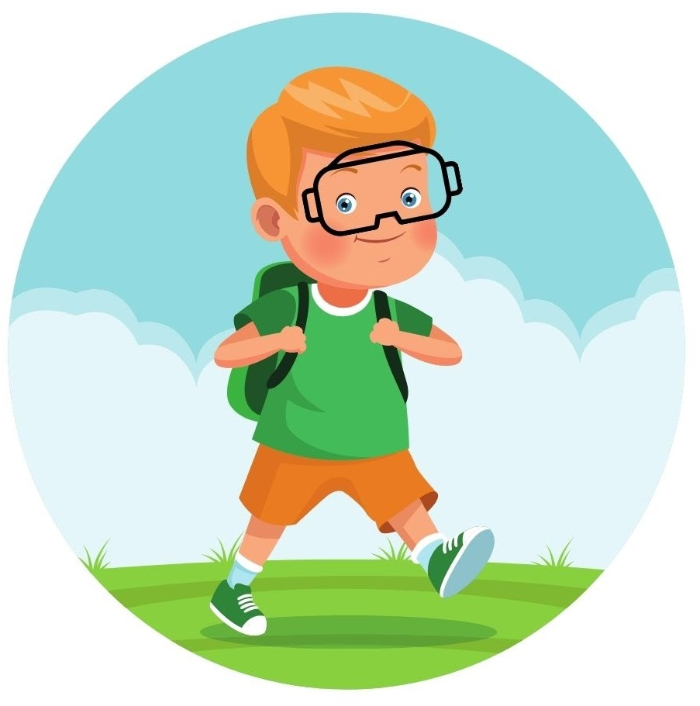
Google Expedition is a free app available on iOS and Android. Teachers can attach cardboard headsets to a smartphone. Using which students can actively learn by exploring the world through the use of virtual reality in education.
Art Education
Diving deeper into the success of virtual reality in the education domain, art education lies at the center. Today, art enthusiasts around the world have a chance to view galleries and admire paintings in a virtual manner.
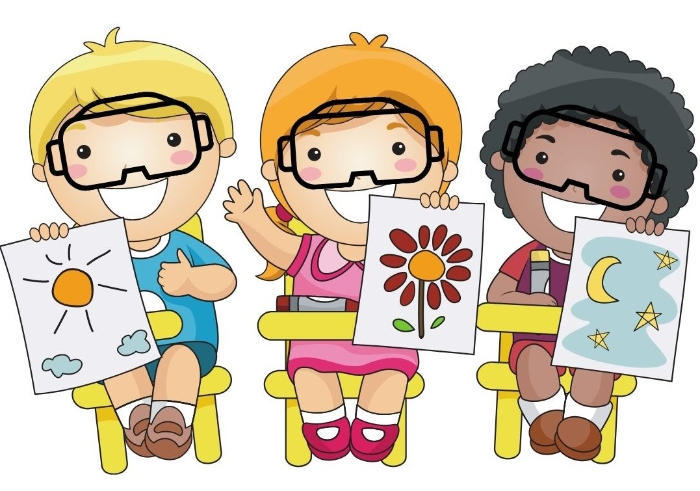
For example, the Kremer Museum allows students to see the paintings of Flemish & Dutch Old Masters. It is interesting to note how the real museum experience has become a part of virtual reality and everyone today can see the paintings the same way as they would in the real world.
Tutoring
Virtual reality in education is also making it easier for tutors to connect with students. Students who need extra guidance can seek help by their tutors by the use of Oculus headsets.
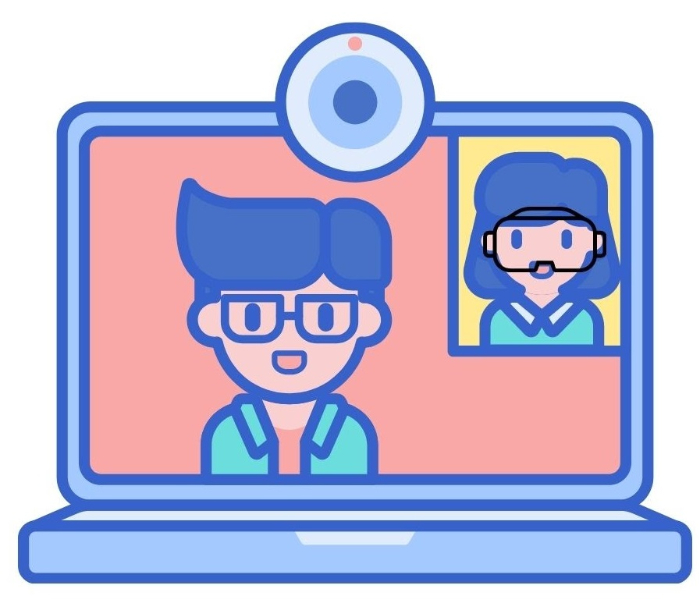
Not only that, the tutors can even conduct interactive virtual classrooms using different tools like the virtual blackboard.
10 Ways Virtual Reality is Making Education Better
Through VR Education, we expose ourselves to a pool of new possibilities. From easing the learning process to making it a lot more effective, virtual reality is indeed a blessing for the learners. Without further delay, let us plunge into the 10 mind-blowing ways in which virtual reality is making education better:
Better Sense of Place
For learning beyond textbooks and book illustrations, there exists a place where a student can experience, learn, and implement. This place is virtual reality. Education via VR allows students to live what they study.
Scale Learning Experiences
Science labs are great for practical experience. However, they are pretty expensive, difficult to scale, and tough to maintain. On the other hand, using a relatively small VR device can act as a whole well-equipped laboratory.
Learn by Doing
Virtual reality in education enables one to learn by doing. A combination of experience and instruction makes the learning process way better. Reading instructions and mugging up facts with no practical learning limits the growth of a student. The use of VR provides students an opportunity to learn by doing rather than just reading.
Emotional Reaction
Experiencing visceral reactions help in forming memories. VR in education connects students emotionally, making the experience memorable, learning a lot more efficient.
Develop Creativity
Having virtual reality in education is useful for both content consumption and content creation. By exposing students to powerful tools such as Tilt Brush, we help them boost their creativity.
Visual Learning
Virtual reality in education is highly helpful for visual learners. To visualise is to see things that one is learning about, and virtual learning facilitates the same. It’s easier to understand and memorize complex mechanisms by visualising rather than tediously mugging up. Substituting traditional classrooms with virtual ones can be beneficial for the visual learners.
Contribute to Inclusivity
Virtual reality contributes to a more inclusive classroom as it’s more accessible to students with disabilities. In fact, some models of VR are specifically designed for different types of disabilities and enable the students to regulate their devices and blend in the classroom easily.
Eliminate Language Barriers
Language differences are a major barrier for many students, especially for graduates and above levels. This challenge of not understanding the material and facing difficulties with class assignments encountered by these students hinder their growth and ultimately affect their academic performance.
VR software has language translation as one of its features. This allows students from different cultures and geographic areas to learn in the language of their choice. Infusion of virtual reality in education eliminates all these barriers of language and issues associated with it.
Help Students Focus
VR technology makes lectures and books more interactive and engaging. Consequently, students face lesser problems in focussing on their studies despite a poor attention span.
Improve and Ease The Learning Process
A study reveals that a regular student remembers only 30% of things they listen and 20% things they look at in a traditional classroom. This is so because they feel the need to experience what they’re studying.
Statistics confirm that students remember 90% of the study material if it is learned through experience. With VR, it is easy to explore different angles and realities of what they are learning. In other words, feel it for real.
3 Benefits of Virtual Reality in Education
The room to upgrade our education system through virtual reality is vast. Listed below are a few more learner-centric uses of virtual reality in education:
Makes Learning More interesting
One of the greatest benefits of virtual reality in education is its ability to make the coursework interesting. Often in a traditional classroom, students don’t engage enough and eventually lose interest while learning. On the other hand, VR has the potential to make things more enjoyable. It is so because students find it much easier to engage in a virtual setup as opposed to interacting with a professor in front of other students.
696969Adds A New Level To Education
It is interesting to witness how virtual reality in education has the power to take things to a whole new level. Imagine the experience of being at the bottom of the ocean instead of simply reading about marine life in your textbook. Sounds thrilling, right? This is exactly what virtual reality brings to the education system.
Makes Demonstration Of Practical Skills Easier
One major challenge faced by students in traditional education is the lack of practical exposure. The conventional method of reading and memorising step-by-step instructions only to score well in exams is highly ineffective. The fact that traditional classroom teaching focuses more on theory and less on practical learning is troublesome.
However, things wouldn’t have been the same with virtual reality in education. VR would enable students to practice the steps by themselves. Today, the technology is so advanced that one can even see the result of their actions and seek instant feedback by using interactive VR programs.
3 Major Challenges of Virtual Reality in Education
Virtual reality can undoubtedly play a big role in the education sector. However, it is paramount to hop onto the other side of the coin for a broader perspective. Keeping the same in mind, here are a few disadvantages of virtual reality in education that you must know:
Developing More Content
One of the biggest challenges faced by VR in education is the need to constantly create a large amount of content. Developing content can be really expensive, and not every educational institute can hire a full-fledged software development company to help them produce content.
Hence, it is essential to get investors and businesses involved in order to fund the development of more content.
Availability of VR Headsets
Not every student may be able to afford a VR headset. This will not only obstruct their learning process using VR but also discourage them. To overcome this, it must be ensured that each and every student irrespective of their financial status is provided with a VR headset.
Cyber-Sickness
Virtual reality in education can be disadvantageous to students with cyber-sickness. This issue can only be resolved by making a good investment to ensure that students acclimate to the sensation.
The Bottom Line
There is no iota of doubt in saying that integrating virtual reality in education can ameliorate the teaching-learning process. However, certain things are better off in the traditional manner. Just like life, a perfect balance is what it takes. We shall aim for an immersive education system which perfectly fuses both virtual reality and traditional teaching.
